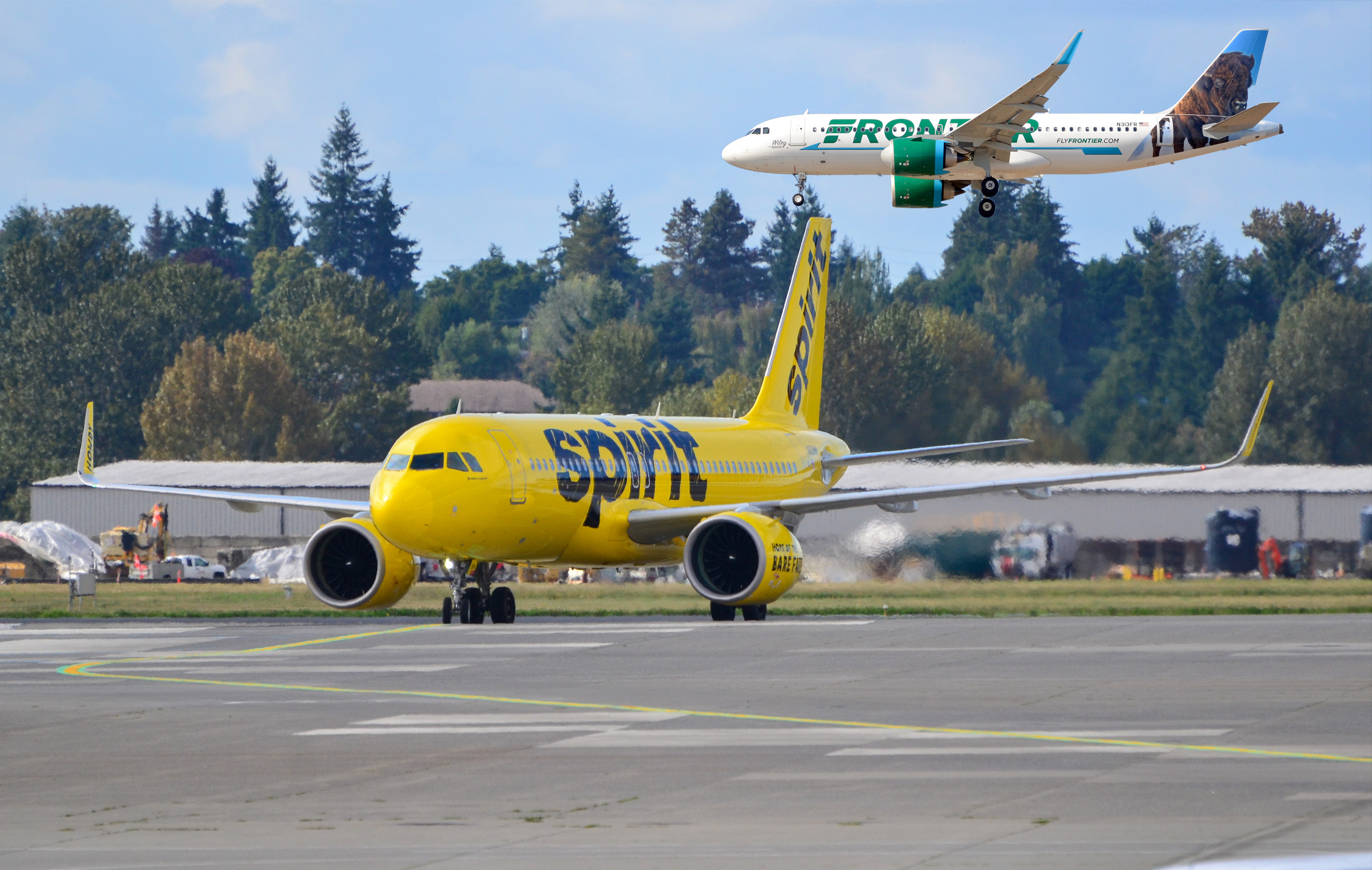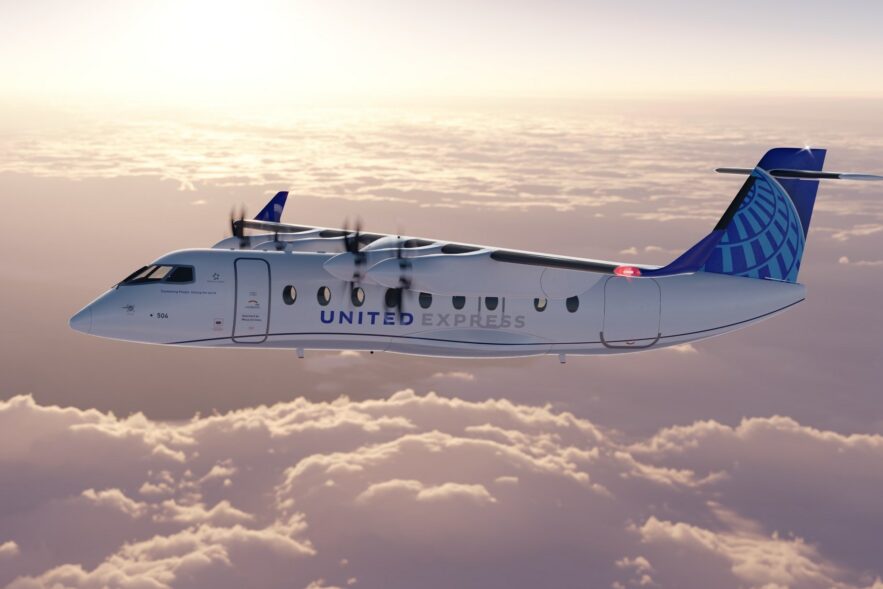In this TAC Analysis, we look at both the benefits and the risks of the proposed merger between Spirit and Frontier. We look beyond the traditional metrics to the futures of the airlines, both together and separate, as well as how the combination of the two ultra-low-cost airlines changes the competitive landscape for the remaining U.S. carriers.
A backlog with available delivery slots is both a curse and a blessing, And that’s how Allegiant Air picked its horse.
This TAC Analysis, divided into parts, dives deep into the misconceptions of Allegiant’s business model and the intrinsic value a next-generation airplane like the 737 Max brings to the airline. In a follow-on piece, we’ll look closer at this high-profile deal and how the power of the duopoly ultimately brought the 737 Max to Allegiant.
Today, the same intuition that initially drove the networks to preserve breadth – the points on route maps – through flying smaller aircraft has shown a recent shift away from the regional aircraft. The recent new trend signals a potential change for the regional aircraft industry, and for the small communities that rely on a connection to the world’s aviation system.
Beyond labor shortages, constrained maintenance capacity, and a still-significant portion of the world’s fleet parked, a previously unthinkable challenge faces the industry as the global economy marches on. We may not have enough airplanes.
TAC Analysis details its 2022 forecast in two parts, continuing with the obstacles and opportunities facing airlines heading into the new year. The United States traffic doubled in 2021, rebounding as passengers continue to return to the skies, but the remaining recovery will be paced by the airlines’ ability to accept it. Touching 89% of 2019 levels on Thanksgiving weekend, we expect the recovery to stall, ending 2022 still below 100%.
TAC Analysis details its 2022 forecast in two parts, beginning with an examination of how 2021 unfolded. Domestic U.S. load factors returned to 2019 levels during the summer season, filling the available capacity to the brim. As demand continues to return without sufficient capacity to keep pace, fares have already returned to 2019 levels, a trend expected to continue in 2022.
In this TAC Analysis, we revisit the potential re-arrival of a pilot shortage, and how it may quickly become the limiting factor in the recovery. Crucially, while regional airlines were a welcome source of strength during the COVID pandemic, the lack of pilots in the United States could quickly turn the strongest regional jet market on its head. At play are both the near-term effects of staffing flight decks affecting the world, as well as the long-term challenges unique to the United States -- where pilot supply issues have already exposed an acute operational strain on the system.
Long term industry trends in aircraft size and economics in mature and established markets are informing new consumer behaviors around the purchase of air travel with new search features from Google.
Following TAC Analysis’s first examination of the limited market size for these new, sub-20 seat electric aircraft, we turn our attention to the new economics of the segment, charting the divergence between the advertised benefits and a more complete picture of what may be expected. Can the current generation of all-electric aircraft deliver the stunning economics required to resurrect a declining 19-seat market segment?
An optimistic but sober
look inside the realities of
electric commercial aviation. Part one in an analytical series examining the future of electric flying, away from the unrealistic hype and the reflexive naysayers.
As COVID-19 mutates to continue its torment, aviation adapts right along with it.












